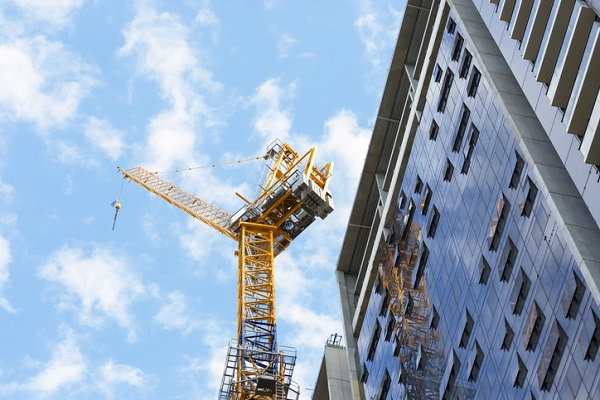Lifting the crane industry to new heights

There are over 750 cranes across the country following a significant investment by governments along key transport corridors. Standards Australia has issued over 20 international standards for consultation with the industry and general public.
The number of cranes across city blocks and in suburban streets has skyrocketed in recent years, and with this increased use, the consultation on these draft standards could not be better timed.
“The high level of construction activity across Australia is calling on safety precautions around cranes at a greater rate and impacting more and more people,” Standards Australia head of standards development Roland Terry-Lloyd says.
“Our aim is to help keep those that work on-site, and individuals near active cranes, safe. We are eager to receive feedback on the direction of these drafts.”
The Standards Australia technical committee responsible for these draft standards has processed several projects to public comment with the aim to align Australian safety guidance to that of the international crane industry.
“Crane safety originates with their design and continues through to their use. It is critical that Australia uses the latest crane standards developed on the world stage and adapted to Australian conditions,” The Crane Industry Council chief executive Brando Hitch explains.
“CICA supports the continuous review and modernisation of Australian Standards and have worked hard on these projects for the benefit of the entire crane industry.”
Members of the construction, transport, manufacturing and public safety sectors are all encouraged to make their views known by submitting comments here by 6 April 2020.
“This work is further proof of the value of Standards Australia being a prominent voice in international standards development, to help improve the quality of products, processes and services across Australia,” Roland concludes.
